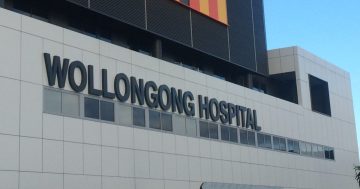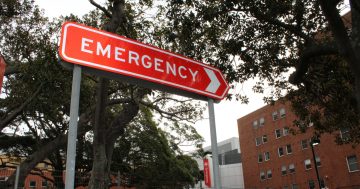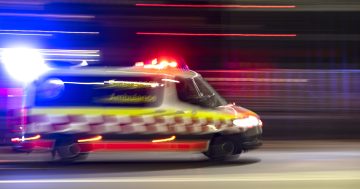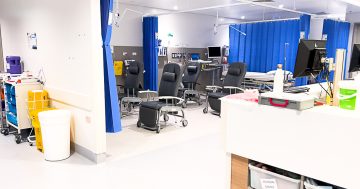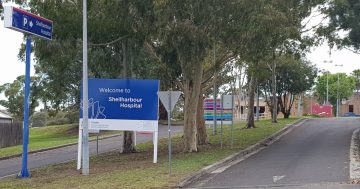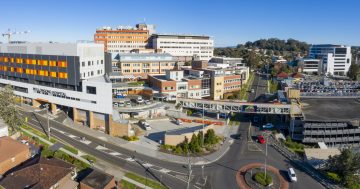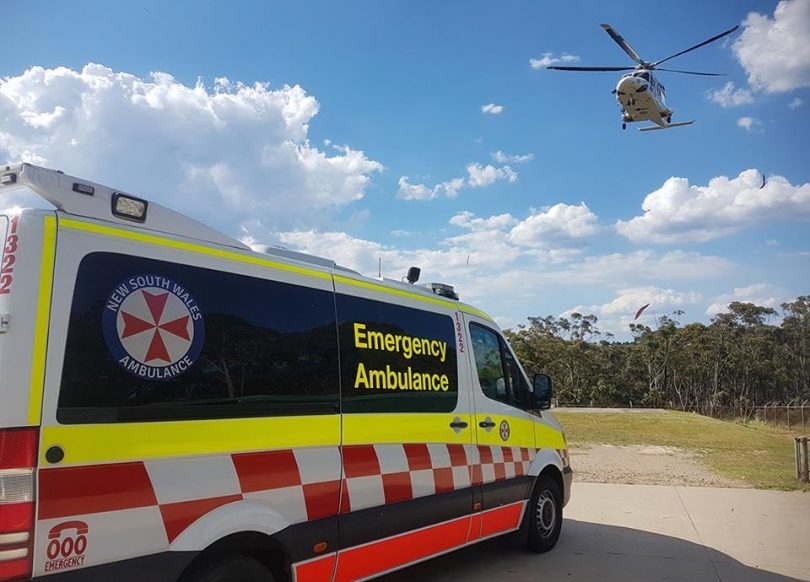
Illawarra ambulances have experienced a record number of responses but are still improving on benchmarks. Photo: NSW Ambulance Service.
Illawarra paramedics have been under the pump, with new figures revealing record numbers of responses in the region, but despite the extremely high number of ambulance transfers to hospitals within the local health district, more patients are being handed over to emergency department (ED) staff in a shorter period.
A report from the Bureau of Health Information (BHI) shows that 12,578 people arrived at our region’s EDs by ambulance between October and December last year, which is a whopping 348 patients more than the same time in the previous year and the second highest number recorded by the BHI in more than a decade.
Ambulances responses also increased across the board.
The last quarter of 2023 saw 4811 responses by Dapto-Port Kembla paramedics, the highest in BHI records and more than 10 per cent more than the previous year.
Kiama-Shellharbour also had a record high with 5239 responses, an increase of 14.8 per cent from October to December 2022, with Wollongong recording 6930, which is the highest since 2013.
Even with the increase, paramedics continued to improve on arrival benchmarks and Illawarra Shoalhaven Local Health District (ISLHD) Executive Director Clinical Operations Margaret Martin said the performance of workers within the emergency department also continued to advance.
“Our ED staff achieved some remarkable improvements in the time for transfer of care from ambulance to hospital staff, with 85.2 per cent of patients transferred in 30 minutes, an improvement of 25.6 percentage points compared with the same quarter in 2022,” Ms Martin said.
Meanwhile, ED staff were still dealing with high numbers, with 43,216 attendances in the LHD throughout the quarter.
Of this, 52.9 per cent of patients left within four hours, an increase of 5.3 per cent on the same time in 2022, with the median time spent being 3 hours and 49 minutes, and the 90th percentile spending 12 hours and 42 minutes in the ED.
“All patients are seen and triaged on arrival at the ED and, as always, the most seriously unwell patients are treated first,” Ms Martin said. “During busy times, those with less urgent conditions can experience longer wait times when there are large numbers of seriously unwell patients being prioritised for emergency care.”
The figures also shed a light on the region’s ongoing mission to improve on elective surgery waiting lists, with 3240 planned procedures performed across the quarter.
This was the least number of procedures performed in a quarter since mid-2022.
There are still 6596 patients on the waiting lists, 77 more than the same time in the previous year.
The number of people waiting for non-urgent procedures steadily increased throughout 2023 (after dropping in 2022), starting at 5052 in January to March 2023 and rising to 5519 at the end of the year.
But the percentage of procedures performed on time is showing an improvement.
“For the fifth quarter in a row, non-urgent planned surgery performed on time increased, to 76.2 per cent, an improvement of 21.6 percentage points compared with the same quarter in 2022,” Ms Martin said.
The number of people waiting longer than recommended for surgery has continued to drop since January to March 2022 and is now at 355, the lowest number of people on that list since January to March 2020.
“The district’s hospitals continue to optimise available theatre time for planned surgery, adopting innovative models of care that enable more patients to receive their surgery sooner, as well as supporting ongoing partnerships with local private facilities to undertake public planned surgery,” Ms Martin said.
“The time to surgery for each patient is individually determined based on a clinical assessment of their condition by their specialist, who then gives the patient an urgency category.”
The health district continues to focus on new and strengthened models of care and initiatives to improve flow within local hospitals including promoting the use of new urgent care centres in Bulli and Dapto, the Transitional Aged Care Program beds at Figtree and Aged Care Outreach Program, using virtually enhanced community care and maximising emergency short stay assessment units.









